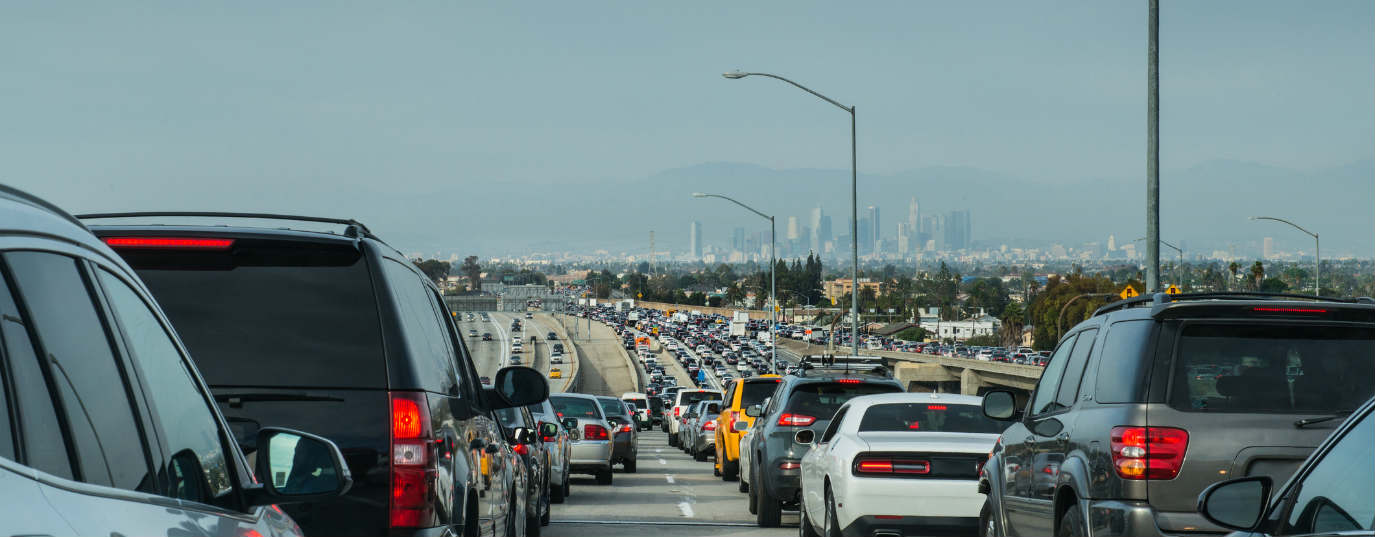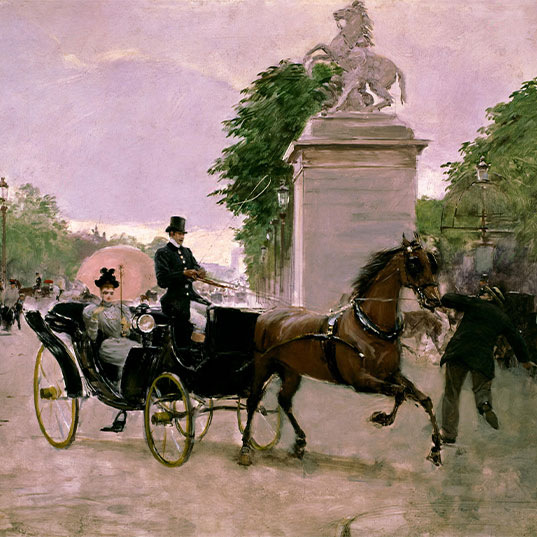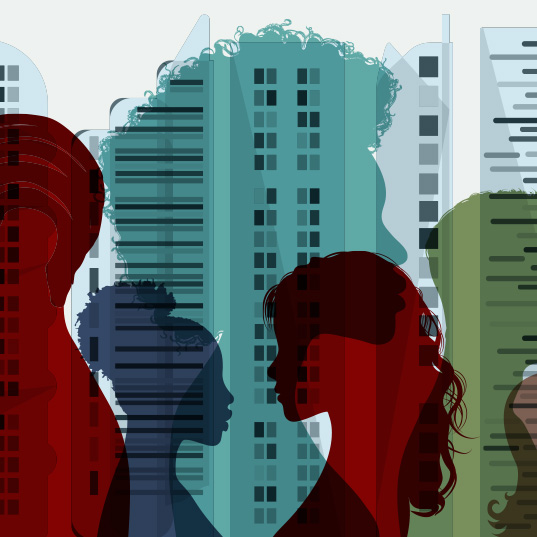Urban air contamination, a serious problem
Air contamination killed approximately 7 million people in 2012.
Urban air contamination is a serious problem in many of the planet's big cities. Intense and unremitting traffic, together with uncontrolled factory emissions, convert city air worldwide into authentic clouds of smog. In many cases, the levels of contaminating particles exceed the limit for human safety laid down by the WHO.
killed approximately 7 million people in 2012, which makes it the world's great environmental health problem according to WHO. This figures means that in 2012 one of every eight deaths worldwide was linked to air contamination.
If we take into account that population will increase from the current 7 billion to 9 billion in the coming years, the urgent challenge is to improve the quality of city air.
The WHO establishes the safety limit at 20mcg/m3 (standard unit of measurement for "classic" contaminants such as SO2, oxides of nitrogen, particles, etc.), but in cities such as Paris, the annual average is 38 mcg/m3, and in extreme cases like Beijing, they have come to exceed 300 micrograms, obliging the city to declare an orange alert.
Paris has been the latest to adopt urgent measures which have proved to be very effective. City traffic restrictions, public transport and free bicycle rent, and keeping the use of municipal service vehicles to the minimum necessary, have led to a reduction in these levels in the capital city in record time.
What is there to prevent these measures from being taken definitively or, at least, from motivating a real change in the Administrations and in citizens' habits? A reduction of contamination both inside and outside the home would save millions of lives.
Furthermore, the wind spreads the effect of atmospheric contamination to the adjacent communities which are then affected, without being the originators of this contamination, so they also find themselves seriously harmed.
Solutions for city air contamination
- Traffic restrictions.
- Promotion of the use of public transport and that this is less contaminating: Hybrid or electric public transport and service vehicles.
- A reduction in road speed, especially on ring roads.
- Promotion of the use of the bicycle in the city center by lowering rental prices and making the city suitable for cyclists.
- More pedestrian streets or with access restricted to residents.
- In areas of greatest concentration of contamination, meters which provide reliable data.
- Promotion of initiatives for sharing private vehicles or car-sharing companies.
- Subsidies for the purchase of electric vehicles.
In the absence of more ambitious policies, in 2050:
Air contamination will become the main environmental cause for premature death in the world. The estimation for 2050 of the number of premature deaths caused by exposure to suspended particles is that they will more than double and reach 3.6 million per year worldwide.
"Deaths from pollution are generally linked to heart disease, strokes or obstructive and chronic pulmonary disease. They are also linked to lung cancer and acute respiratory infections."
Furthermore, will probably cause a more damaging climate change, because the forecast is that global emissions of greenhouse gases (GHG) will increase by 50%, mainly due to a 70% increase in CO2 emissions related to energy generation.







